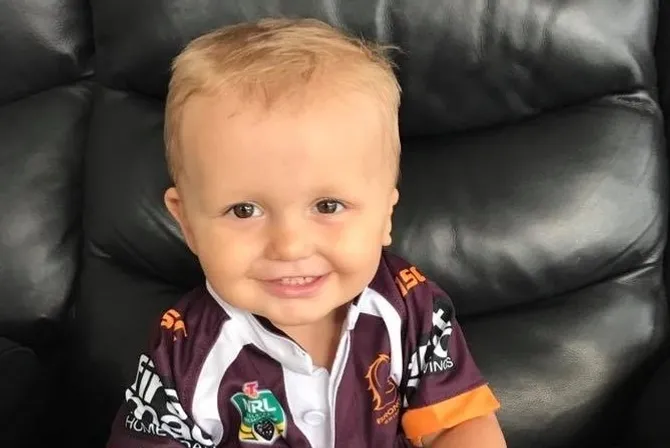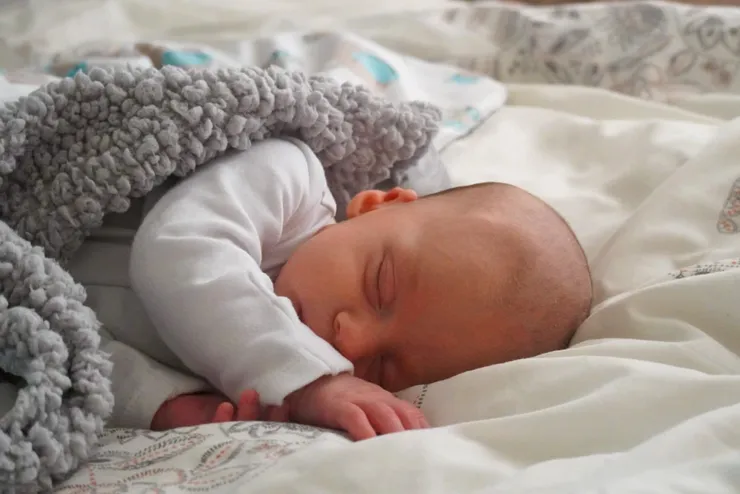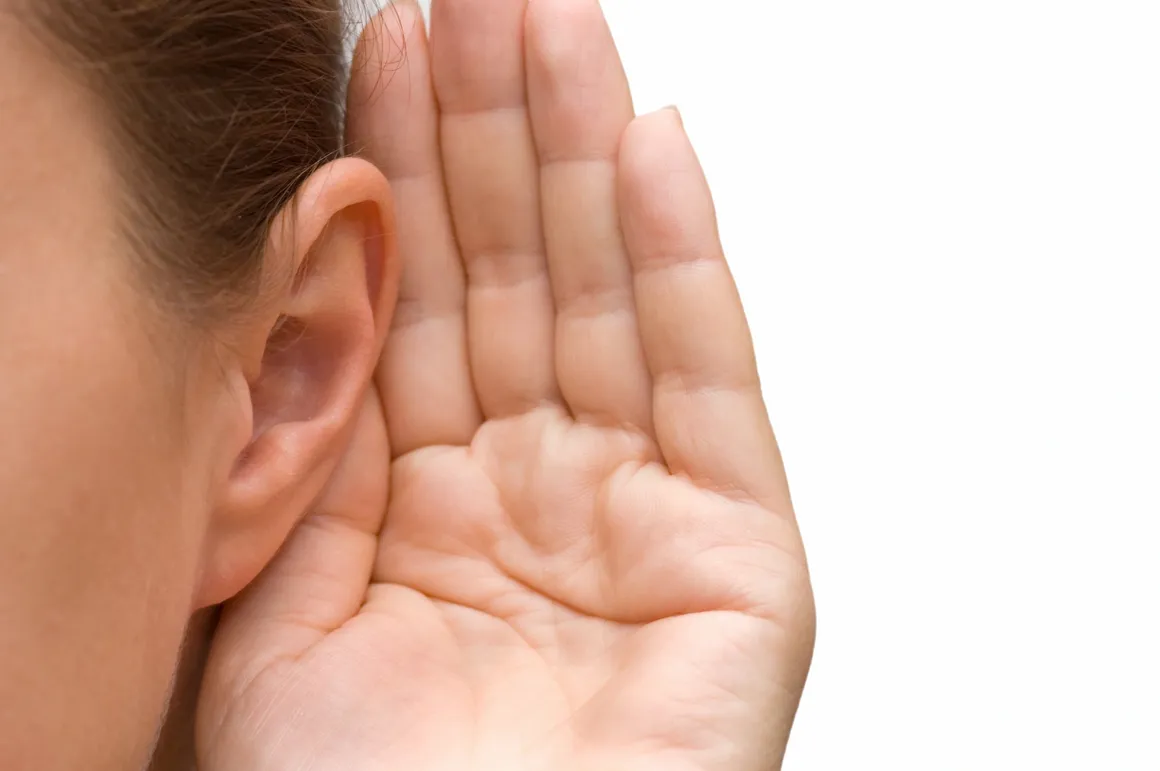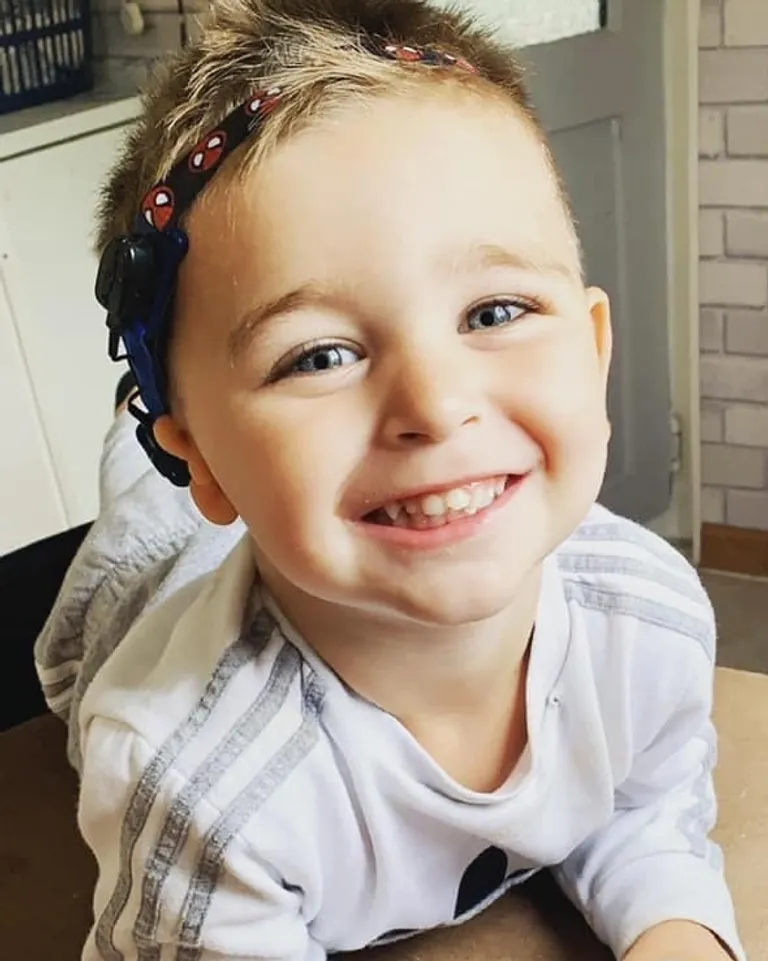UNILATERAL HEARING LOSS




Ears may come in pairs, but that does not mean that hearing losses always come in twos as well. A unilateral hearing loss (UHL) is when there is normal hearing in one ear but a hearing loss in the other ear.
90% of children born with microtia and atresia are affected unilaterally (just on one side).
Why does a unilateral hearing loss make it more difficult for my child to hear?
Our ears hear and detect sound, but it is our brain that gives meaning to that sound. It is the brain that identifies sounds and analyses their pitch, loudness and duration. It stores previous information and helps us recognize and match sounds. When it matches sounds, we understand what is heard. It is important that the brain gets access to clear sounds, especially during critical early development stages, to set the foundations for the development of speech, language and literacy.
Our brain is wired to hear sounds from both ears. Hearing with both ears is called binaural hearing. When the brain receives sounds from both ears (binaurally) it is able to use this information to increase volume, to pinpoint the direction sounds originate from and for additional processing power.
Binaural hearing enables the brain to filter out a lot of the unwanted background noise and concentrate on what we are wanting to listen to. Being able to filter out background noise is a skill we use a lot of the time because the majority of speech we listen to is not in perfectly quiet situations. The brain is also able to distinguish the direction and distance of where sounds have come from (localisation). Being able to localise sound means we can tell which direction sounds come from. A child with a unilateral loss is likely to have problems listening in some situations because their ability to use binaural listening cues is reduced.
The brain and nerve pathways in babies have a lot of potential for development. If your child has a hearing loss, the pathways from the ear to the brain do not get as much stimulation. Without receiving full hearing stimulation, your baby’s auditory system may not develop the same way as it does for other children. Hearing aids/devices will provide stimulation to your child’s auditory system.
What problems do children with a unilateral hearing loss experience?
Sound Localisation – This is the ability to find where sound is coming from. The brain works out which direction a sound comes from by detecting which ear receives the sound first. When a person can hear with only one ear, they may have difficulty locating where a sound originated. Your brain is also in charge of selective listening, which is more difficult without the use of a second ear. Hearing sounds in two ears helps us to filter out unwanted noise so we can hear speech more clearly. A person with a unilateral hearing loss is unable to easily separate the important information or sound from all the noises present in the background. They will be better able to detect a sound if it is on the side of their better ear.
Cognitive load – This refers to the act of listening while performing other tasks, which can be complicated even for a person with normal hearing. The more noise there is, the longer it takes the brain to focus on the sound and for the person to complete the task they are doing at the same time. If the child is involved in an activity and also trying to listen to someone speak, they will miss a significant amount of what is being said.
Binaural summation – The brain “hears” a sound more loudly when it is perceived through both ears compared with when the same sound is perceived through only one ear. This is because the brain reads nerves located in both ears and uses this information to process sounds, which seem louder when input from both ears is processed together.
Head shadow effect – This is when certain sounds that originate on the side of the hearing loss are lost to the listener completely. Low frequency sounds bend around the person’s head and can usually be heard well through the other ear. High frequency sounds are not as elastic and do not bend around to the better hearing side. Therefore, many high frequency sounds originating on the side of the hearing loss (e.g. some consonant sounds) are lost to a person with a unilateral hearing loss, resulting in their missing a significant amount of surrounding conversation.
Hearing over distance – The further away a sound is, the softer it sounds. Children with a unilateral hearing loss often have trouble hearing at a distance. While they may be able to hear speech from a distance, they may not always be able to understand what is being said.
Listening Effort – Children with a unilateral hearing loss may need to use more effort to concentrate on listening, particularly in noisy environments. As a result, they may experience tiredness, fatigue, frustration and problems with concentrating. This may also impact on their behaviour.
Will my child's hearing loss affect their speech?
Normal hearing in one ear means that most children will hear well enough during their early years to make good progress in their speech and language development. However, there is an increasing body of evidence that suggests that a significant proportion of children with a unilateral hearing loss may fall behind with language development and require additional educational support. It is not possible to predict which children will need this extra support, so regular monitoring and evaluation of your child’s speech and language is recommended.
Children with a unilateral hearing loss will be able to hear well in quiet environments. However, many situations children experience are not ideal listening environments such as shopping centres, day care, school classrooms and outdoors.
Does my child need a hearing aid?
Two ears are better than one. We would recommend exploring hearing device options to give your child the very best access to sound, particularly during the early years of critical speech and language development. Hearing devices can provide better access to sound and can improve sound localization, listening in group situations and hearing in background noise. Early intervention and amplification may reduce the likelihood that a child will experience delays.
Hints and Tips for a Child with Unilateral Hearing Loss
- Position your child to make listening easier. Be aware of which direction your child’s better hearing ear is facing. Keep that ear closest to the sound source e.g. when talking to them, reading, at the dinner table, in the car
- Always speak at the side of your child’s better hearing ear. This is especially important in noisy environments
- Get your child’s attention and make eye contact before talking to them
- Create a good listening environment (reduce background noise – turn off the TV/radio, be aware of vacuum cleaners, washing machines, lawn mowers, fans/air conditioning)
- Read books to your child often (several per day)
- Talk to your child about what you are doing all the time
Use repetition and increase your child’s vocabulary by introducing new words - Speak in sentences to your child rather than single words
- Sing songs and rhymes
- Help your child locate sounds if they appear to be having difficulty
- Make sure hearing aids/devices are working and worn as much as possible
- When you are at a greater distance, raise your voice slightly and face your child
- Monitor hearing levels in the other ear to ensure it remains within normal hearing limits
- Teach your child to take extra care when crossing the road or riding bikes on the road. It is difficult for them to detect which direction sound is coming from and they will also have difficulty judging speed from the sound alone. Your child will need to be extra alert visually in crowds, walking near cars, crossing roads, riding bikes and in group games to help compensate for their hearing loss.
- Do not let them be exposed to very loud sounds over long periods (e.g. motor racing, concerts or listening to loud music through headphones). This could damage the hearing in their other ear. Always use ear plugs in these situations.

